土の塊に、木の細いヘラを押し当てて、かろうじて目視できる極小の線を一つ一つ付けていく。しばらくするとその線は無数の線の集積となり、つるりとした土の塊に、テクスチャーが現れる。「象嵌」の一種ともいえる技法で、植田の言葉を借りると「質感をつくる」この工程は、彼女の作品の中で重要な工程だ。模様となった表面に呉須などの顔料を塗り、拭き取ることで道具でつけた凹みだけに色が残り、土の白い部分と、色の入り込んだ模様の部分のコントラストが生まれる。彼女は他にも、実験的手法で、様々な作品づくりに挑む。成形したメラミンスポンジに泥を染み込ませて、それを乾燥させた上で焼くことで、窯の熱でスポンジ部分は焼き飛び、スポンジの気泡を含んだ、軽石のような不思議な質感の陶だけが残る作品。片や、土は焼くと収縮する性質を生かし、あらかじめ焼いた土のかけらを、柔らかい粘土に混ぜ込み、成形して焼くことで、土の収縮率の差で敢えて亀裂を生じさせた作品といったように。いずれの技法にしても、彼女は作品の中に、「作為」と「無作為」を共存させることを心がけている。亀裂を作るための「作意」と、その亀裂がどう入るかは分からない「無作為」、その二つがあって作品は完成するのだ。
Kana Ueda 植田佳奈
無作為に生まれる現象を、作品に刻む
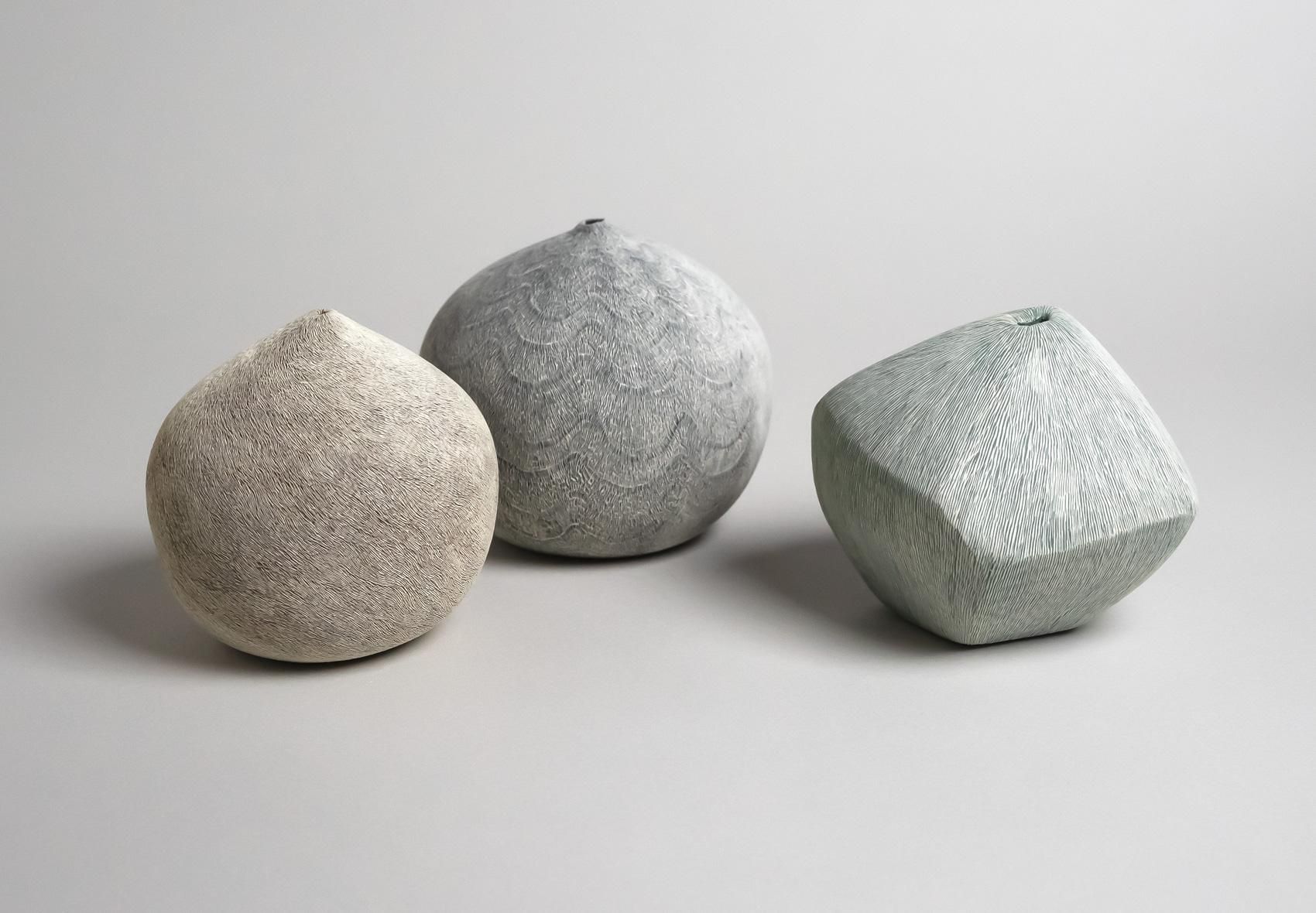
実験的に生まれる作品たち
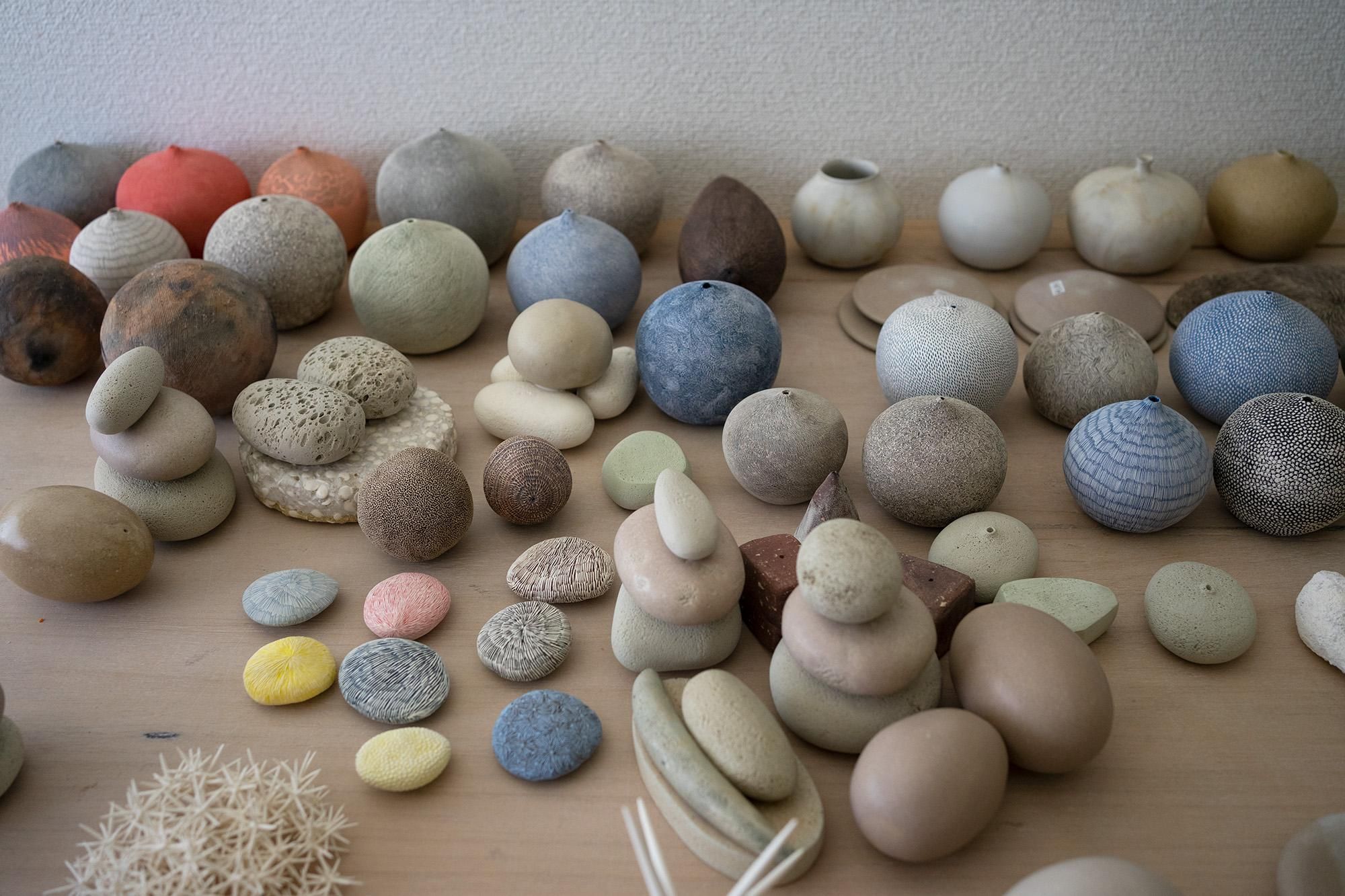
現象を拾い集める
元々、植田はこういうデザインの器を作ろう、とか、こんな料理のための器を作りたい、とか、完成形をイメージして制作に向かうということはほぼない。元々、陶芸を始めたのも、高校時代にろくろで形を作ることに没頭したのがきっかけ。土をいじること、その工程や時間自体が自分にとって大切で、それは始めた頃も今も変わらない。自分の作陶は、子供が公園の砂場で遊ぶその延長線上にある、と言う。自分のしている行為は、無作為に生まれる模様や、偶然性の中で生まれる質感、そうした一つ一つの現象を拾って集める行為だと、最近になって考えるようになった。それは「自然をなぞる」ことでもあると植田は言う。岩が崩れて、それが長い年月を経て水の中で少しずつ丸くなって石になっていく、そうした自然の中で行われている営みが、自身が作品にかけている途方もない時間や、淡々と無意識に近い状態で、同じ作業を繰り返すと言うことに重なるようだ。美しいものを作ろう、売れるものを作ろう、そうした作意からはかけ離れたところで土と対峙する彼女を見ていると、どんな言葉も無力で、ただその作品に内包された時間や刻まれた手の痕跡だけが、物語るように感じる。
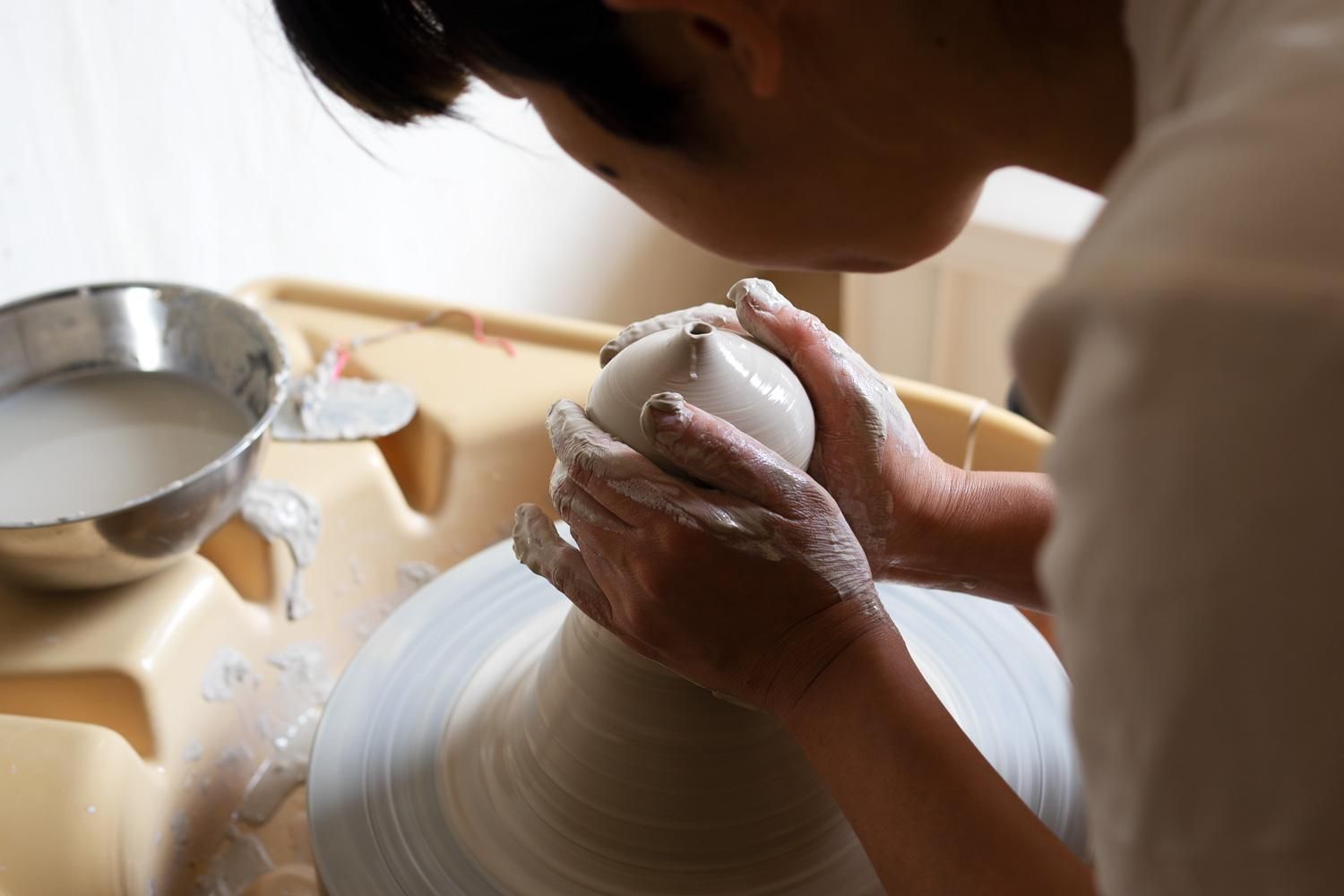
無意識に、淡々と
植田は作品づくりの傍ら、「質感をつくる」ワークショップを定期的に開催している。土の塊に、様々な道具を使って土に模様をつけていくという、ただそれだけをする時間。最初は「上手にやらなきゃ」と身構えていた参加者も、次第に無意識に作業に没頭していき、終わった後は気持ちよさや爽快感を感じる参加者も多いという。植田自身も、日頃自分がしている作業を、人が体験したらどういう時間を味わうのか、というところに興味があって、と話す。彼女にとって、ワークショップで人が淡々と作業する時間を眺めることは、自分が作品をつくることの意味を、客観的に捉えようという一つの試みなのかもしれない。
最近は、技術が上がり上手くなってきたことが、一つの悩みだという。作品づくりでは、コントロールしきれない想定外の現象が魅力のうちの一つだと彼女は考えるが、上手くなることで想定外のことが起きづらくなるという側面もあるようだ。下手な時に戻りたくても戻れないとも話す。「とにかく、無意識に淡々とやることが大切なんです。」彼女の作品は、結果的にはそれを愛でてくれる誰かの手に渡っていくのだが、彼女自身には「どう見られるか」という意識は全くと言っていいほどない。まさに、息をするように作る、あくまで自分自身のために作っている、植田佳奈はそういう作家なのだ。

- 1992
- 神奈川県生まれ
- 2015
- 武蔵野美術大学 陶磁専攻卒業
- 2015
- 作家活動を開始
The Engravement of Unintentionally Generated Phenomena

Works Born From Experimentation
A thin wooden spatula is pressed against a lump of clay to one by one add an array of barely visible delicate lines. After a while, these lines become an accumulation of countless stria, resulting in a certain texture to emerge upon the smooth surface of the clay. This technique, which could be regarded as a form of “inlaying” and what Ueda herself describes as a process of “creating texture,” is indeed a crucial procedure in the production of her work. Pigments such as gosu (cobalt-rich pigment with a deep indigo-blue color) are applied to the patterned surface, and when wiped off, the color remains only in the indentations made by the tool, creating a contrast between the white clay and the patterned areas where the color has penetrated. The artist also uses other experimentational methods to create a variety of works. She soaks molded melamine sponges in mud, dries them, and then fires them. The heat from the kiln burns away the sponge, and all that is left is a pumice-like ceramic object with a curious texture conceived through the bubbles from the sponge. Regardless of the technique that is employed, she attempts to facilitate a coexistence of "intentionality" and "unintentionality" in her works. Her works are conceived through the coexistence of "intention" by which she creates cracks in her work, and the “unintentionality” of not being able to anticipate how these fissures will come to manifest.

Embracing Happenstance
From the outset, Ueda has almost never gone into production with an image of the finished product in mind, such as the desire to make a vessel with a specific design, or for a certain kind of food or cuisine. What originally inspired her to start making ceramics was her high school experience of immersing herself in creating various forms on the potter’s wheel. The very time and process of engaging with the clay is what she has always considered most important, and this remains true of her practice today. She mentions that her practice as a ceramic artist is an extension of a child playing in the sandbox at the park. Recently, she has come to believe that what she is doing is an act of picking up and collecting each and every phenomenon, such as randomly generated patterns and textures that arise out of chance. Rocks crumble, and over a long period of time their edges are gradually smoothed and rounded while drifting in the water’s current, transforming them into stones. Such workings of nature seem to overlap with the tremendous amount of time she spends on her works, as well as the fact of her repeatedly engaging in the same tasks calmly in an almost subconscious state. When looking at her confrontation with the clay, far from the intention of making something beautiful or something that will sell, all words are seemingly powerless, and only the traces of time and hands engraved in the works appear to tell a story.

Subconsciously, in a Steady Manner
In addition to producing her works, Ueda regularly holds workshops on "creating texture.” The workshops invite participants to simply take the time making patterns on lumps of clay using various tools. Participants, who at first seemed resolute with the idea that they must do well, gradually became subconsciously absorbed in the task, with many feeling a sense of comfort and exhilaration afterward. Ueda states that she is interested in what kind of time people would experience if they were to engage with the tasks that she herself undertakes on a daily basis. Observing people working in a steady and focused manner in her workshops may be an attempt for her to objectively grasp the meaning of creating her own work. Ueda mentions that one of her concerns is that her technique has recently improved, and she has become more skillful. She believes that uncontrollable and unexpected phenomena are part of the charm of creating works, yet the more she improves the harder it is for such happenstance to occur. She also states that even if she wishes to go back to when she wasn’t that good, she is unable to do so, articulating that “At any rate, what is important is to subconsciously and steadily keep working.” Although her works end up in the hands of those who cherish and appreciate them, she herself is not at all conscious of how they will be seen. Kana Ueda is indeed an artist who creates work as if it were an act of life itself—like breathing—engaging in her practice for herself, and herself only.

- 1992
- Born in Kanagawa Prefecture
- 2015
- Completed a B.F.A in Ceramics, Musashino Art University
- 2015
- Started working as an artist
-
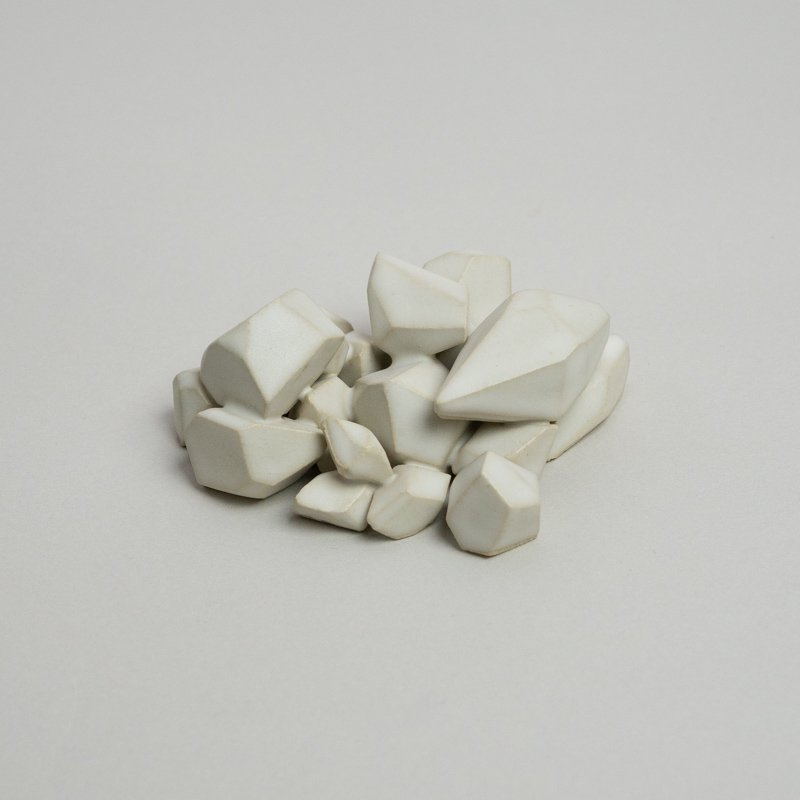
PIECES OBJECT
-
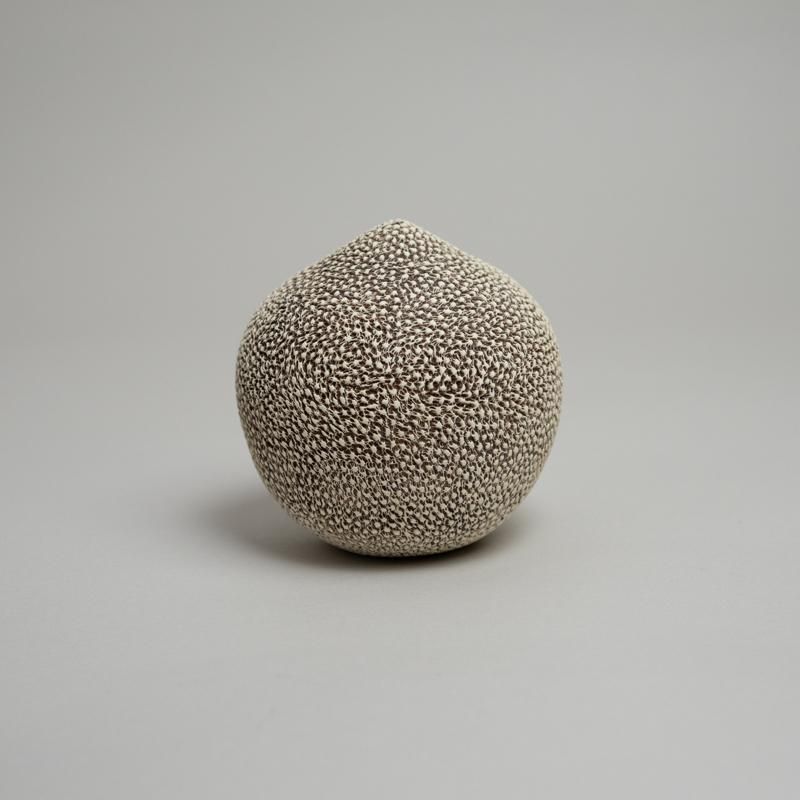
FLOWER VASE FROM “OLD HOTEL”
-
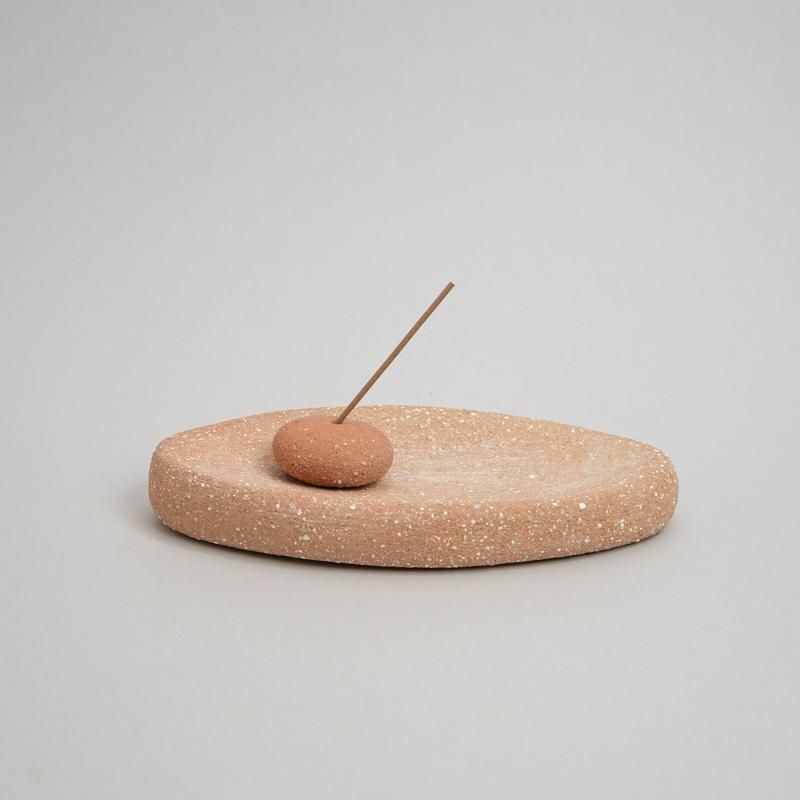
INCENSE HOLDER WITH PLATE BROWN
-
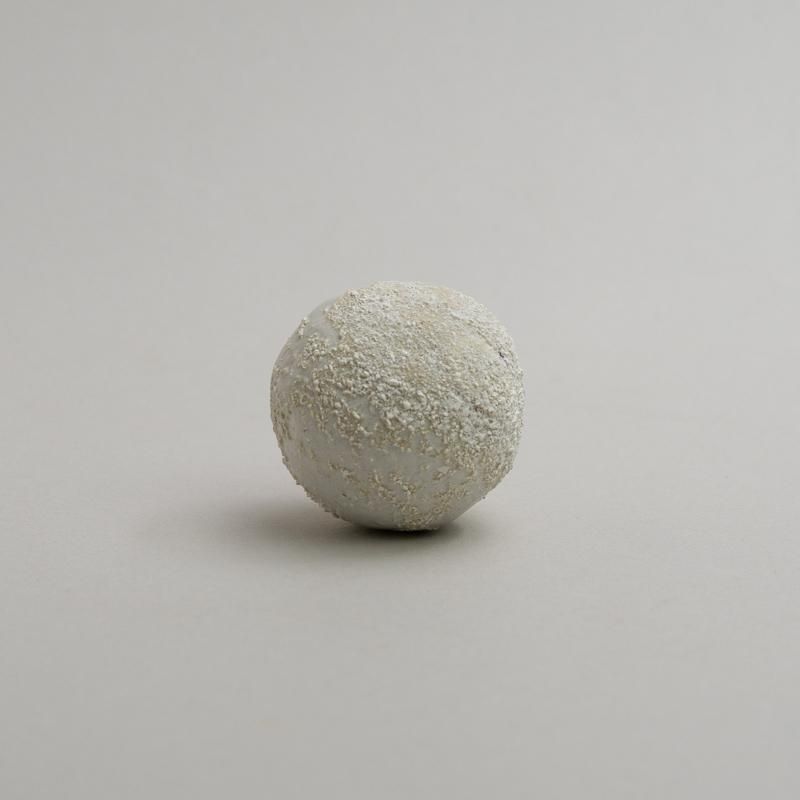
GRITTY STONE
-
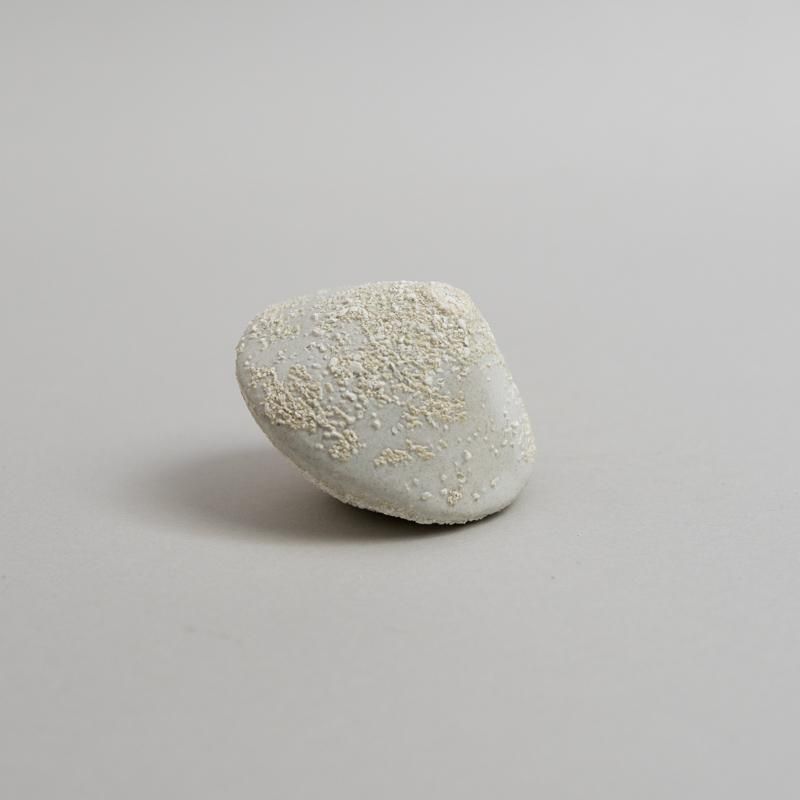
GRITTY OBJECT
-
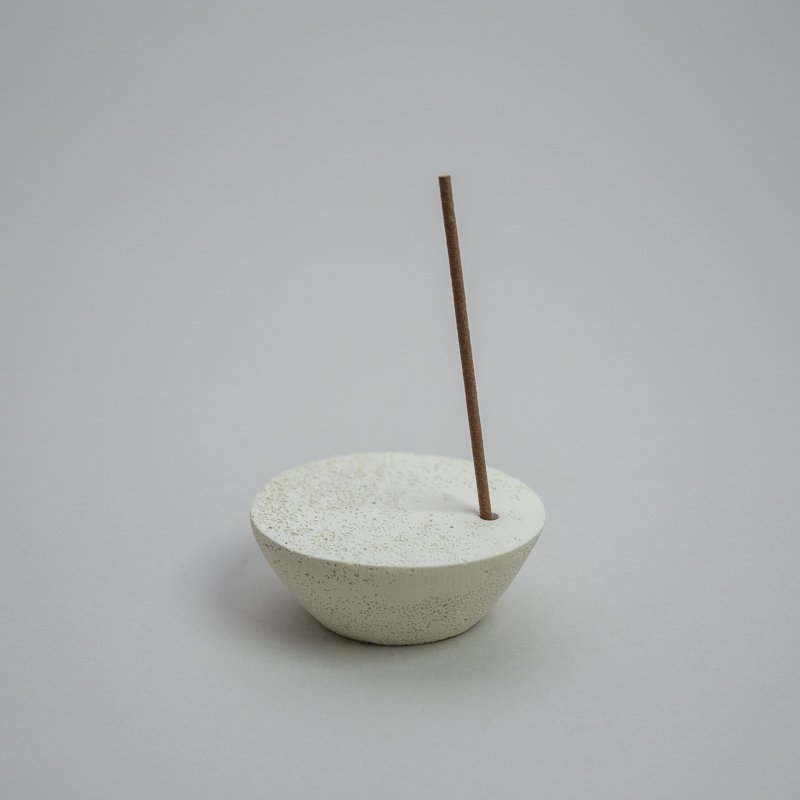
INCENSE HOLDER POROUS C
-
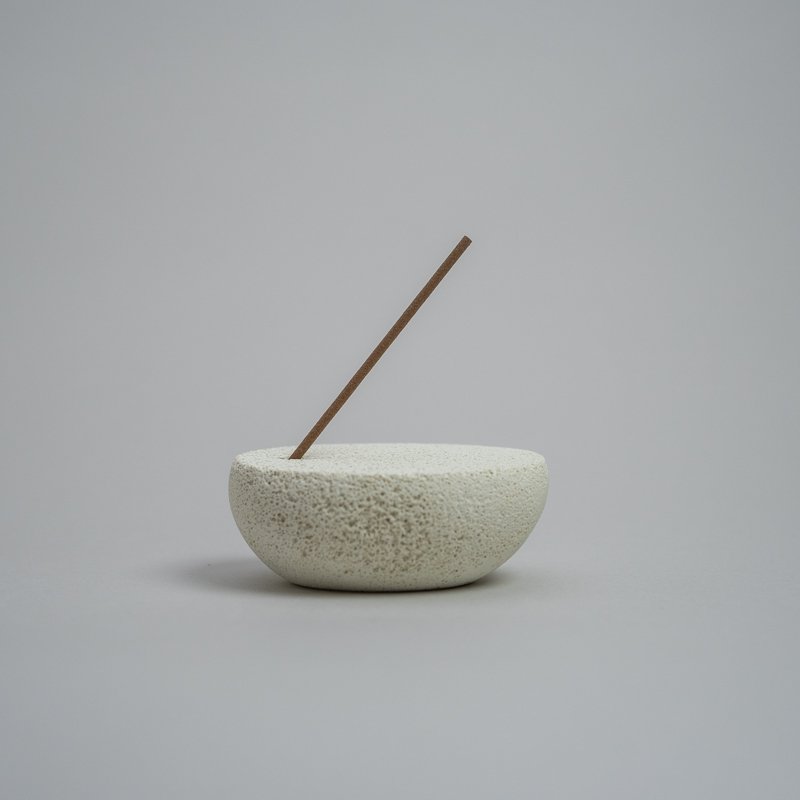
INCENSE HOLDER POROUS B
-

INCENSE HOLDER POROUS A
-
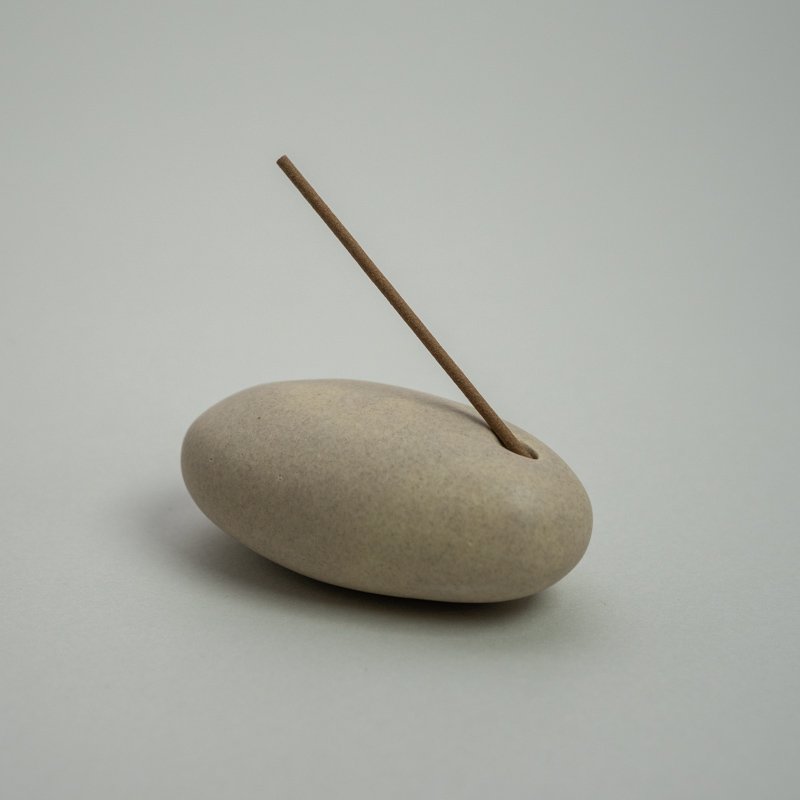
INCENSE HOLDER TALC D
-
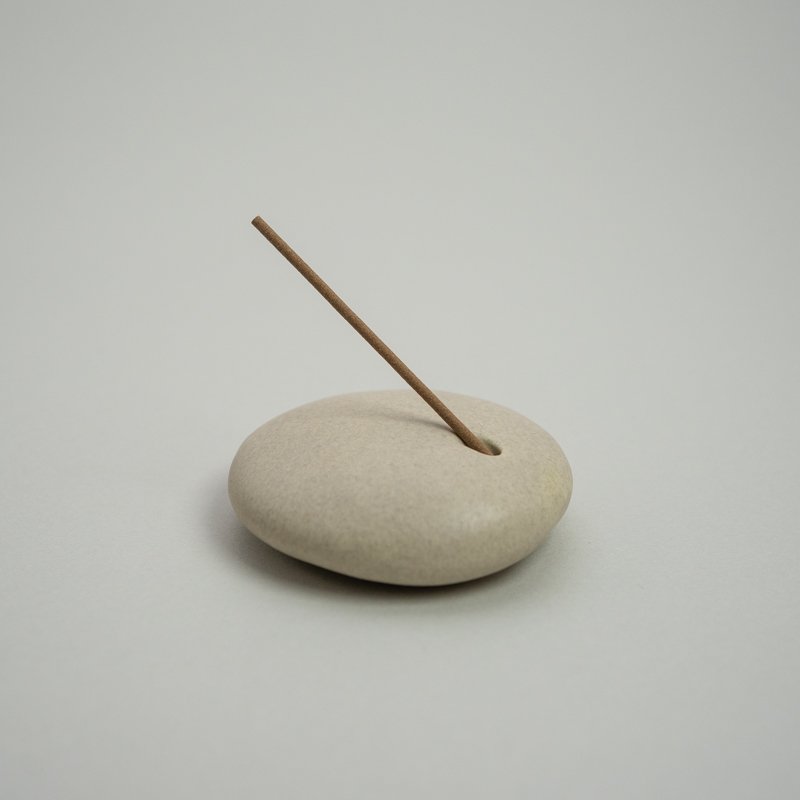
INCENSE HOLDER TALC C
-
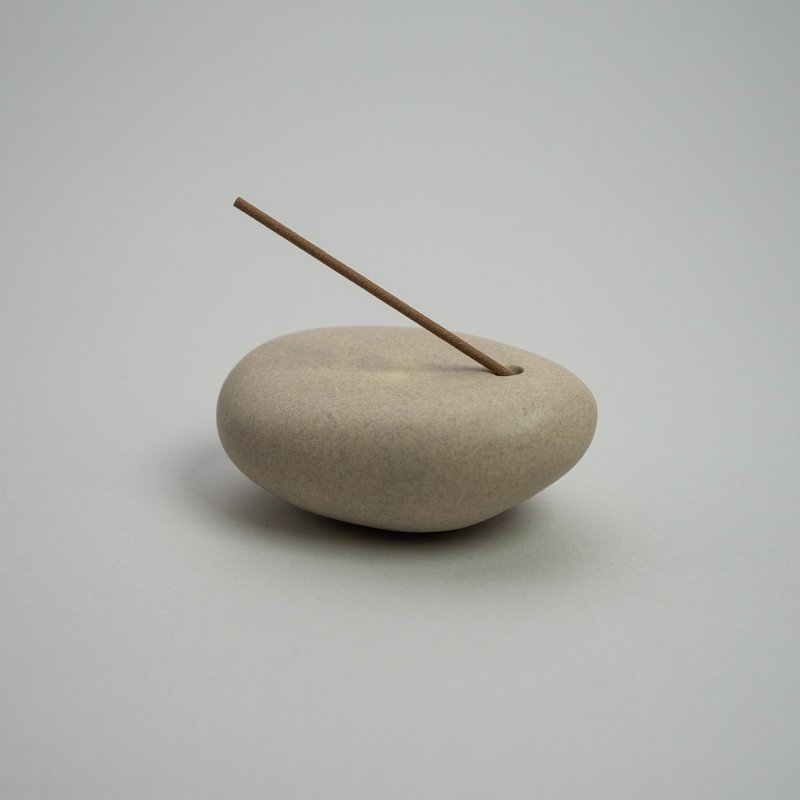
INCENSE HOLDER TALC B
-
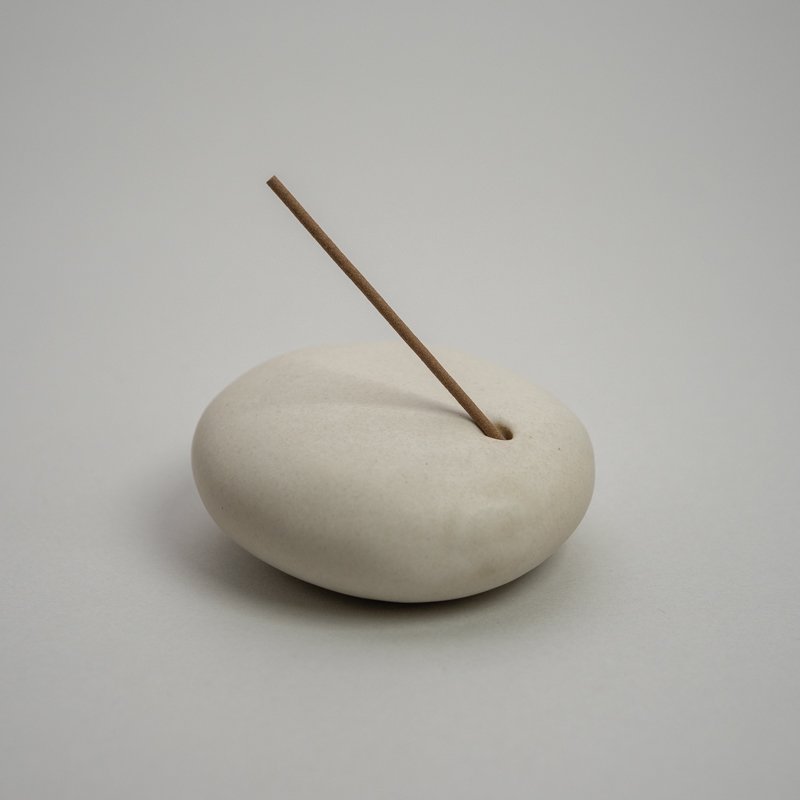
INCENSE HOLDER TALC A
-
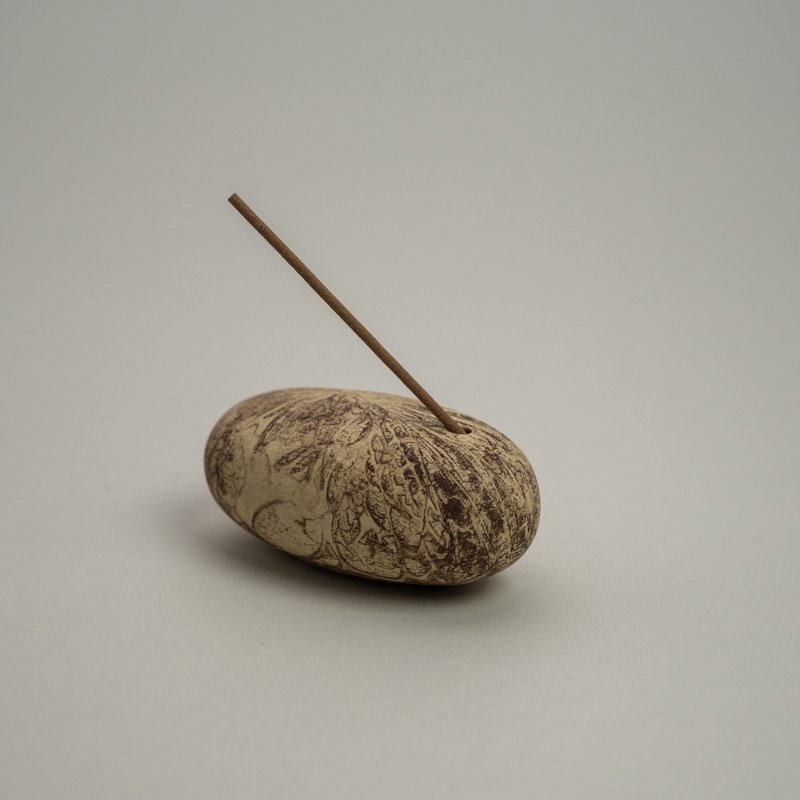
INCENSE HOLDER TENSHA (M)
-
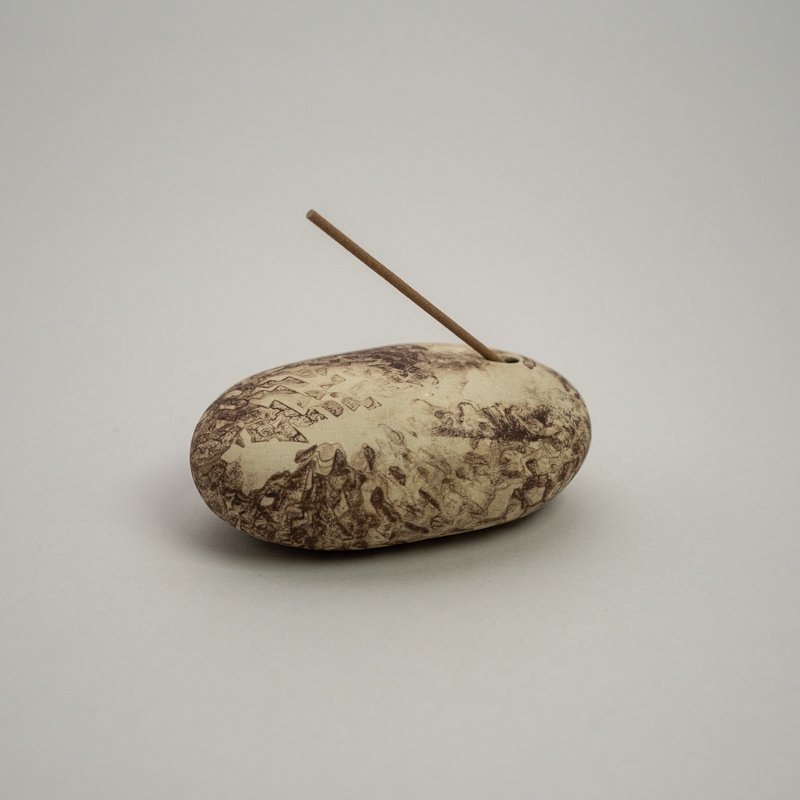
INCENSE HOLDER TENSHA (L)
-
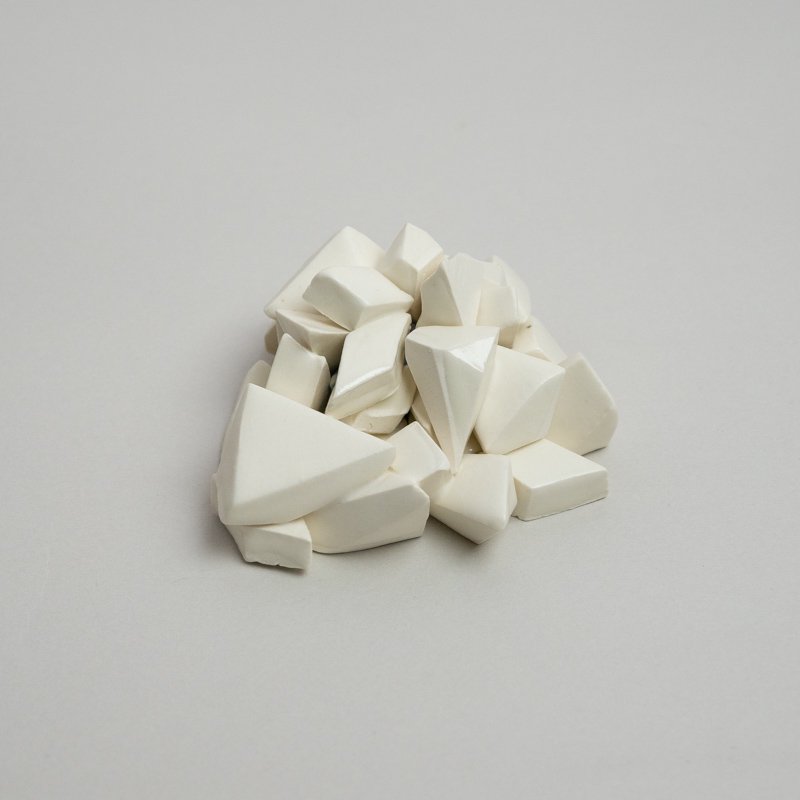
PIECES OBJECT
-
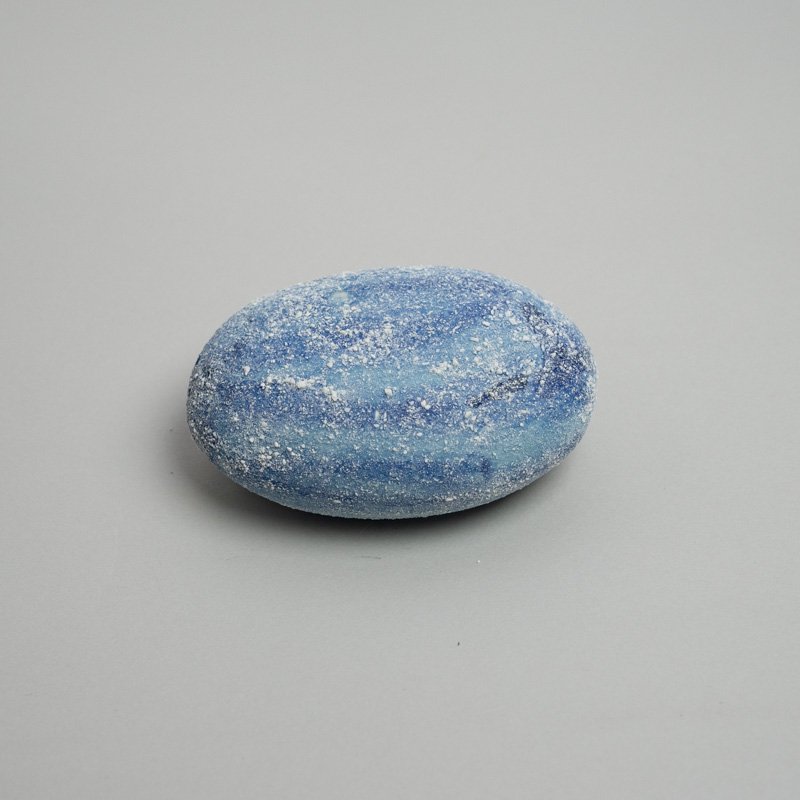
GRITTY STONE
-
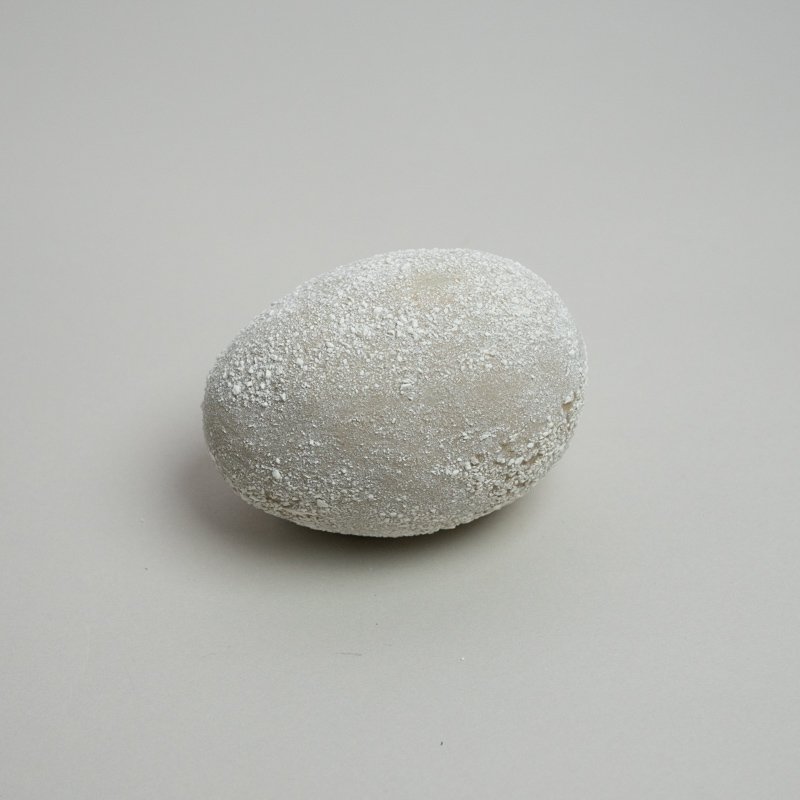
GRITTY STONE
-
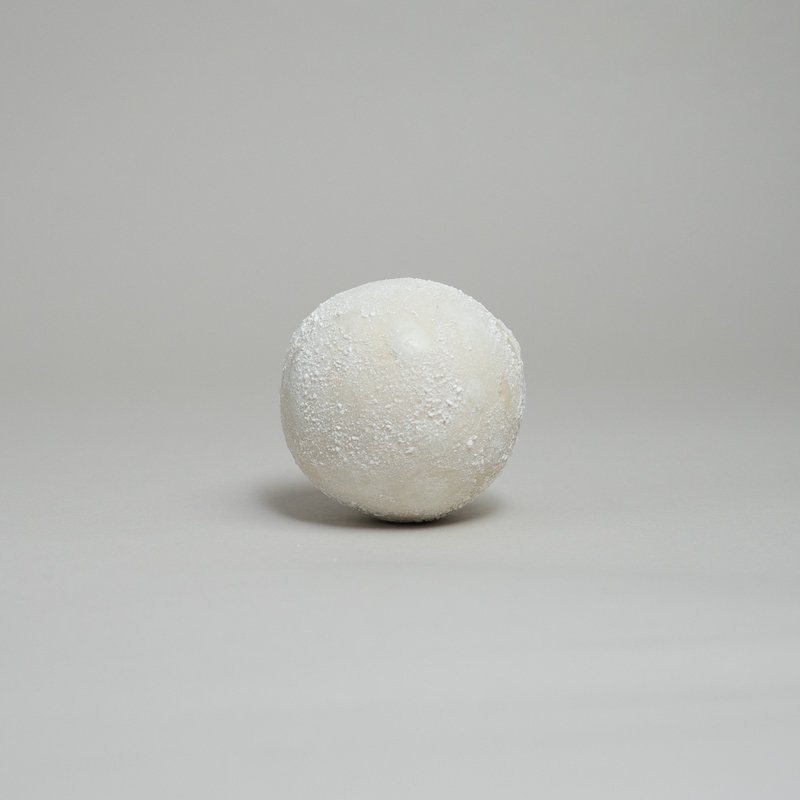
GRITTY STONE
-
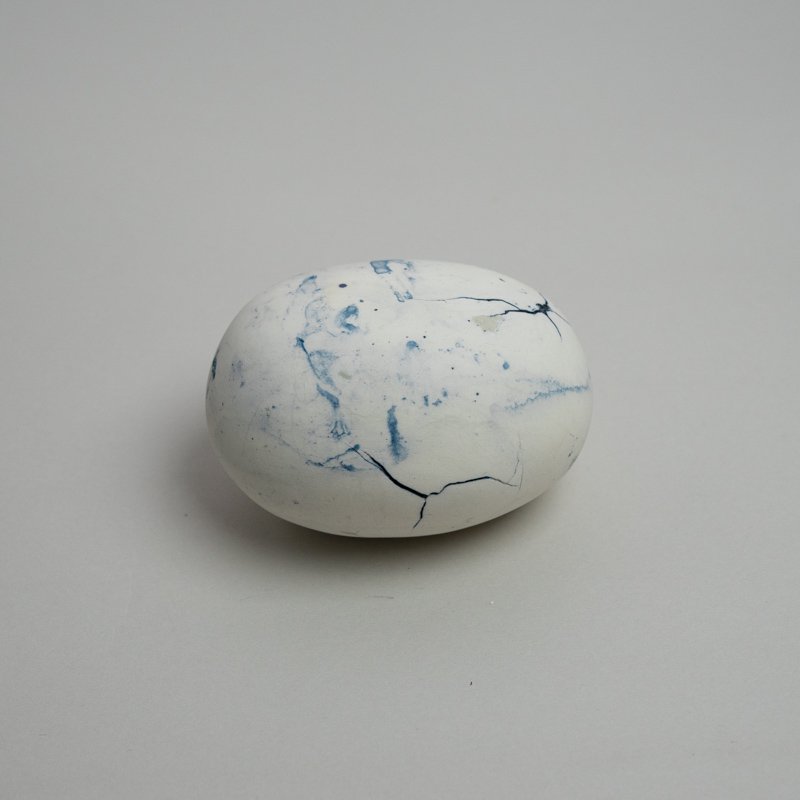
CRACKED STONE
-
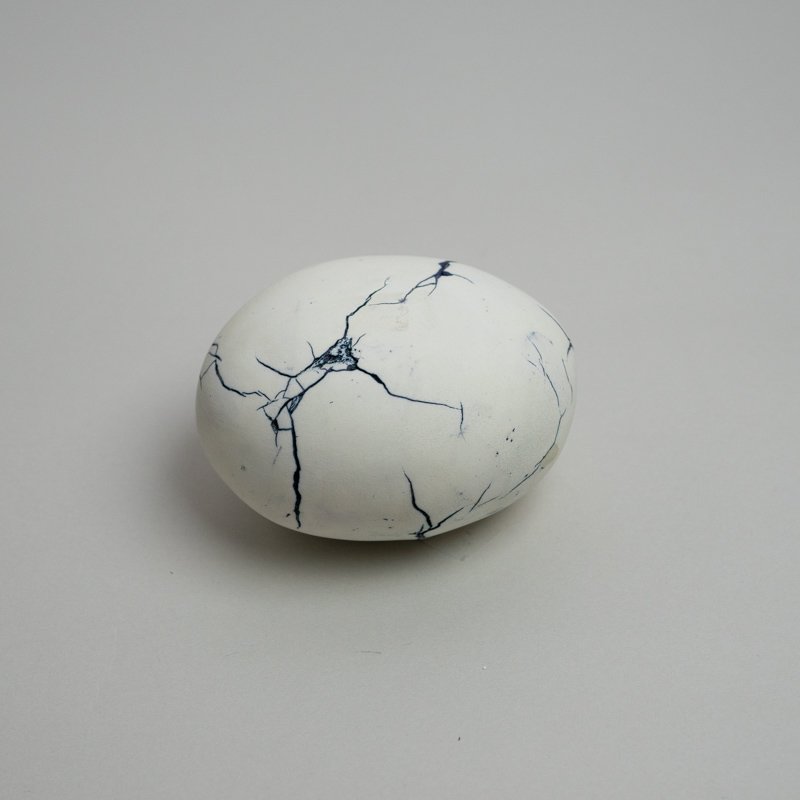
CRACKED STONE
-
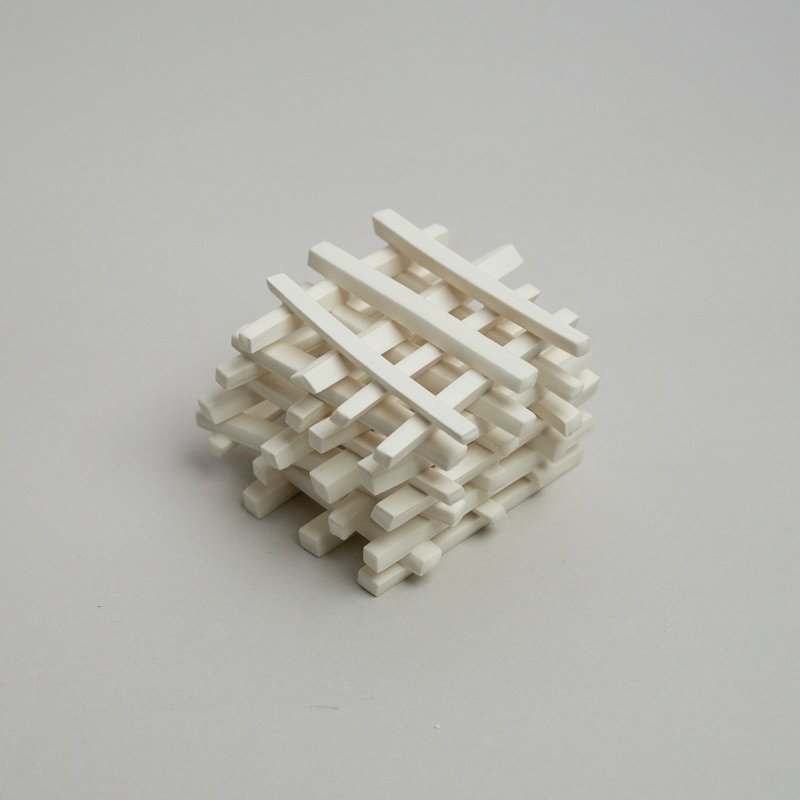
LATTICE OBJECT
-
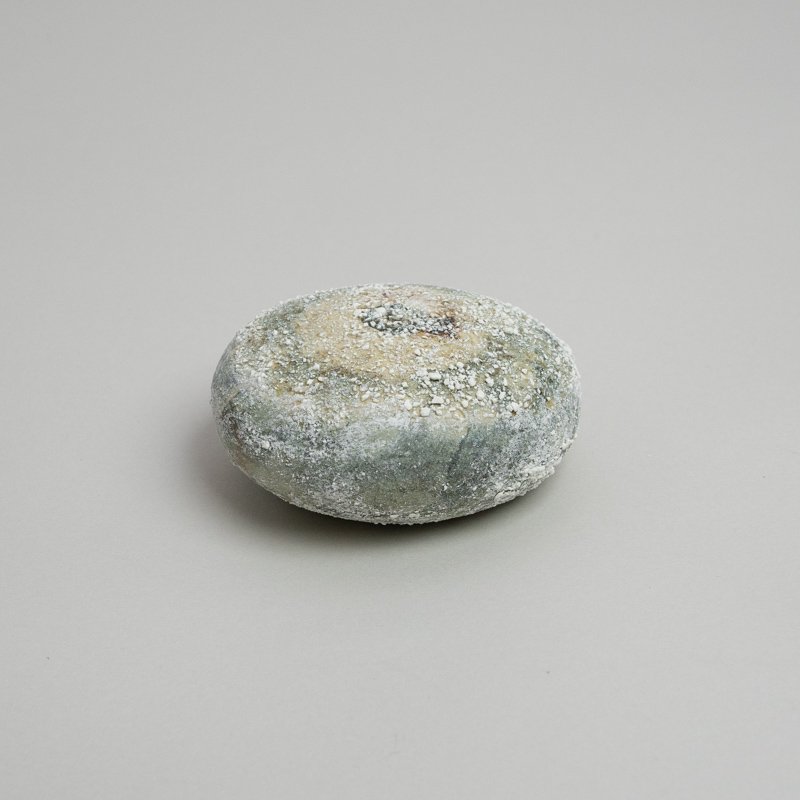
GRITTY STONE
-
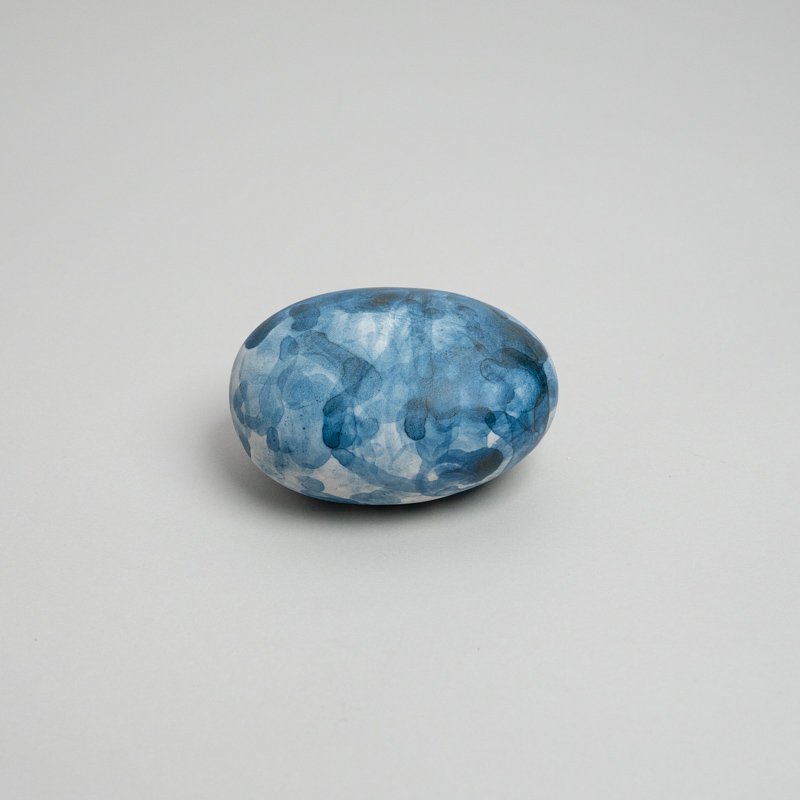
GOSU STONE
-
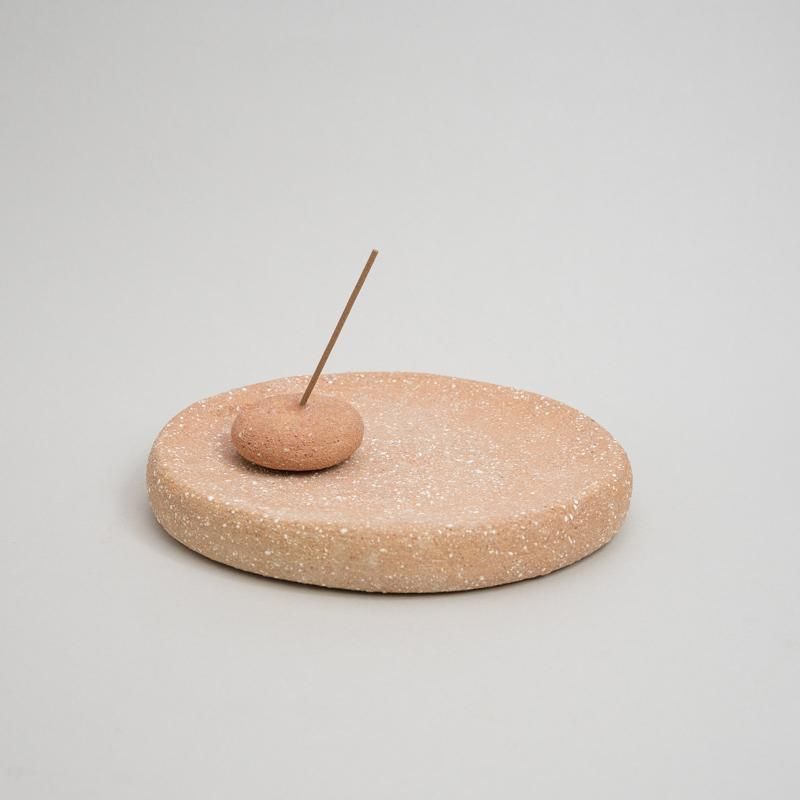
INCENSE HOLDER WITH PLATE BROWN
